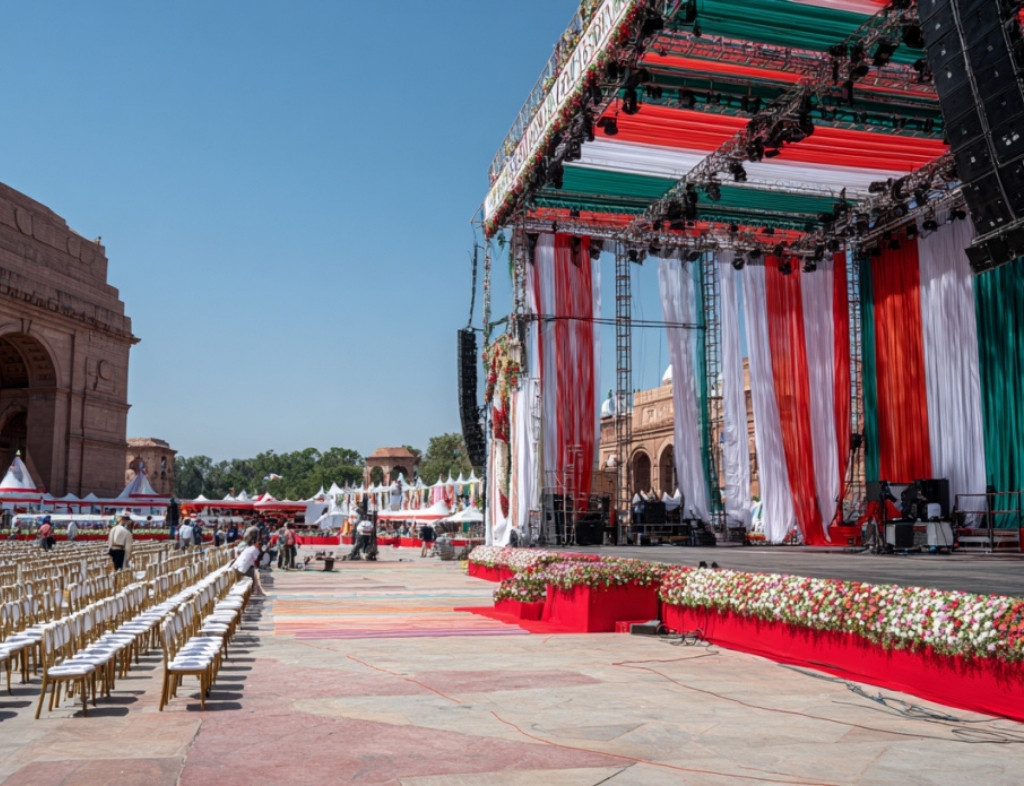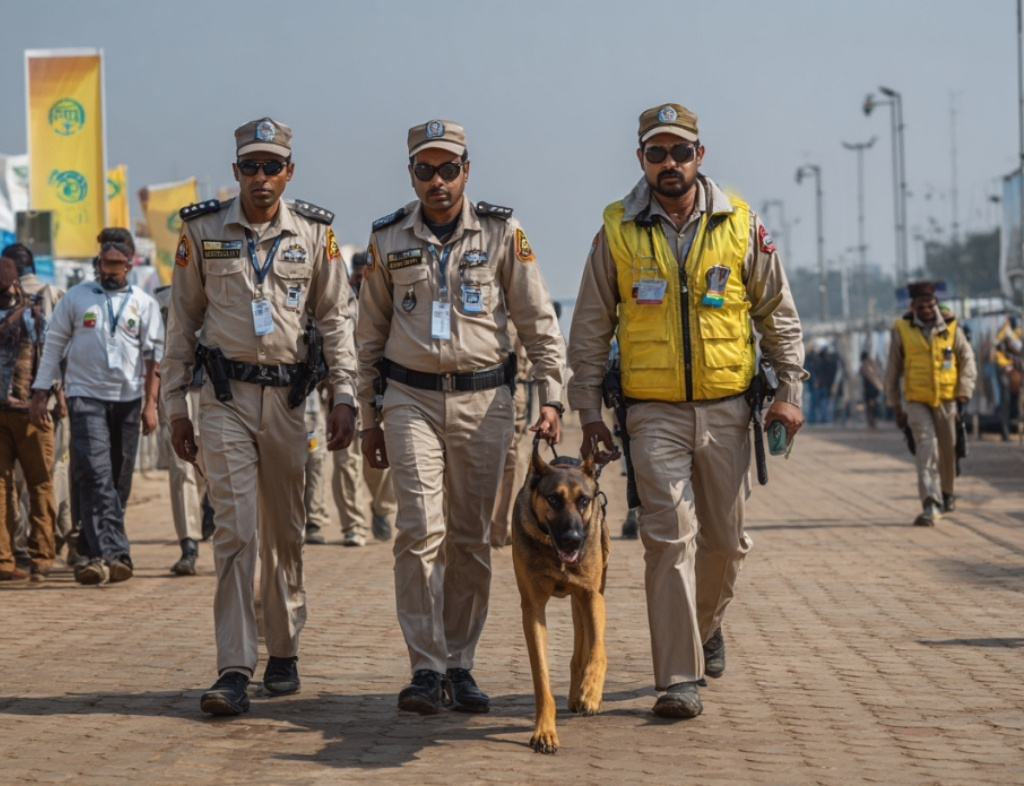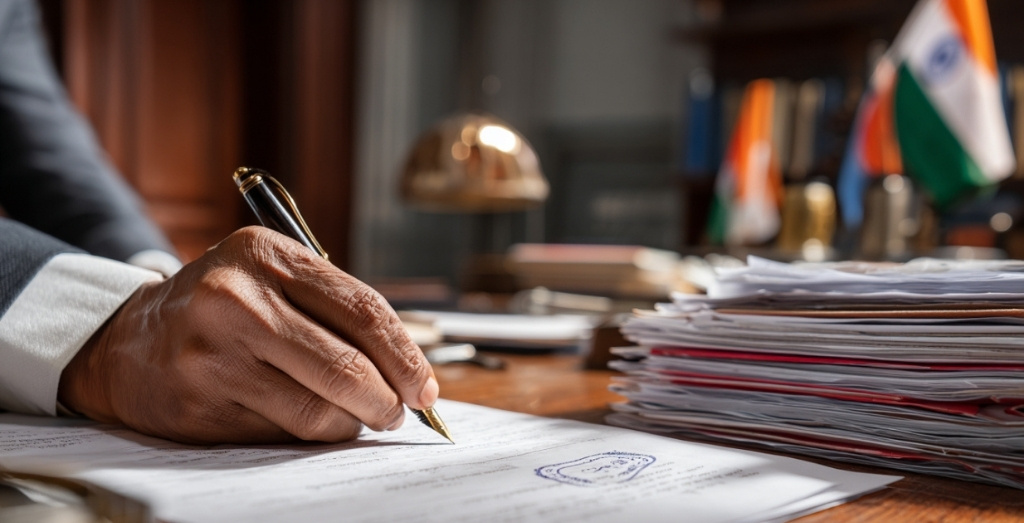Government events come with a distinct set of responsibilities, expectations, and compliance requirements. Whether it’s a policy launch, national celebration, stakeholder meeting, or inter-departmental seminar, planning a government event demands precision, transparency, and purpose. Here is a step-by-step guide to help event professionals navigate the complexities of public sector event planning effectively.
Step 1: Understand the Purpose and Protocol
SBegin by clearly defining the objective of the event. Is it to disseminate information, celebrate a milestone, engage with the public, or promote inter-agency dialogue? Each goal will dictate different formats and expectations. It’s essential to understand the protocol and hierarchy involved. Government events often follow formal chains of approval and require coordination with senior officials and departments. Planning must respect administrative structures and ceremonial practices.
Clarity of purpose is the foundation of every successful public engagement.
— Former Cabinet Secretary


Step 2: Secure Approvals and Budget Allocation
Government projects are governed by transparency and accountability. Therefore, securing written approvals, budget sanctions, and department-wise responsibilities is a non-negotiable first step. Event planners must prepare detailed proposals, including cost breakdowns, timelines, and vendor selection criteria, all aligned with procurement guidelines. Make room for documentation at every step—this is not just best practice, it’s a requirement in public sector events.
Step 3: Choose a Venue That Meets Accessibility and Security Standards
Unlike private events, government functions must consider a wide spectrum of requirements—physical accessibility, security clearances, parking for official convoys, and compliance with safety codes. Locations should also support digital infrastructure for media coverage and real-time broadcasting, if needed. Always coordinate with security and disaster management authorities during this stage.
Step 4: Coordinate With Stakeholders and Government Bodies
Government events often involve multiple departments, public figures, and community leaders. Establishing a centralized communication framework is vital to ensure that updates, tasks, and approvals flow seamlessly. Plan pre-event meetings to align logistics with expectations, and confirm the availability of key officials in advance to avoid last-minute changes.
The success of any public event lies not in grand gestures, but in quiet, coordinated effort.

Step 5: Plan the Program With Precision
Timelines must be strictly defined. From national anthem protocols to speeches, presentations, or public interactions, each segment should be clearly scheduled. Build in time buffers while maintaining flow and discipline. If dignitaries are expected, ensure all ceremonial aspects—like seating arrangements, introductions, and honors—are handled according to government etiquette.
Step 6: Execute With Professionalism and Preparedness
On the day of the event, have a checklist ready for every operational element—venue readiness, guest arrival management, audio-visual testing, protocol rehearsals, and security walkthroughs. Government events often attract public and media scrutiny, so professionalism, punctuality, and preparedness are key. Always have a contingency plan in place, particularly for weather, traffic, or security disruptions.
Step 7: Post-Event Documentation and Reporting
Once the event concludes, submit all necessary reports including expense breakdowns, media coverage logs, photographs, feedback summaries, and audit-friendly documentation. Government agencies may also request post-event assessments to evaluate effectiveness. Having this ready reinforces credibility and opens doors for future collaborations.
An event is only truly complete when every detail has been accounted for after the applause fades.




